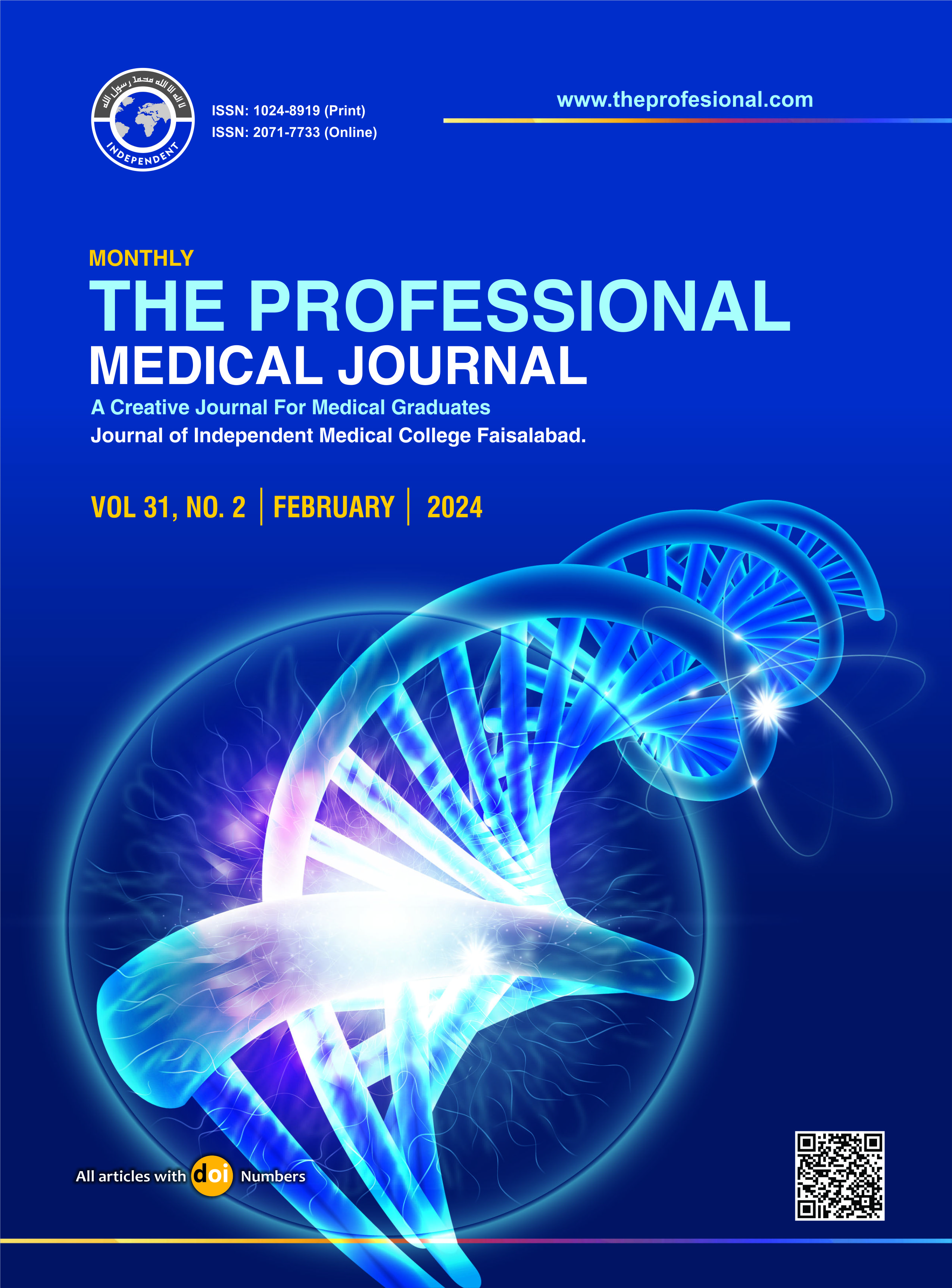Exploring the correlation between radial artery access and decreased occurrence of contrast-induced nephropathy.
DOI:
https://doi.org/10.29309/TPMJ/2024.31.02.7898Keywords:
Contrast Induced Nephropathy, Left Ventricular Ejection Fraction, Percutaneous Coronary Intervention, Radial ArteryAbstract
Objective: To Investigate the Impact of Radial Artery Access on Contrast-Induced Nephropathy (CIN) Incidence. Study Design: Retrospective study. Setting: Department of Cardiology, Hayatabad Medical Complex in Peshawar. Period: January 2021 to June 2022. Material & Methods: Patients aged ≥ 30 who have undergone cardiac catheterization procedures, with a focus on those who have undergone the procedure using radial artery access. Those patients who had pre-existing renal impairments or kidney diseases, with a history of contrast allergies, were included in the study. However, those patients who were under the age of < 30, had undergone cardiac catheterization procedures using femoral artery access, and with incomplete medical records were excluded. All the data were analyzed in SPSS version 26. Results: In our study involving 164 participants. Individuals who experienced CIN exhibited a considerably greater average age of 69.89 years when contrasted with the 66.86 years of those in the non-CIN category (p=0.03). Furthermore, a higher percentage of patients in the CIN group were aged 65 or older (35.1% vs. 11%, p<0.001), highlighting the increased vulnerability of older individuals to CIN. The timing of reperfusion therapy, indicated by the time-to-reperfusion, was significantly longer in the CIN group (6.2 ± 3.3 hours) compared to the non-CIN group (4.9 ± 3.7 hours, p=0.001), suggesting that delayed reperfusion may be a risk factor for CIN. Conclusion: Patients with anterior infarction, delayed reperfusion, lower left ventricular ejection fraction (LVEF), and higher serum creatinine levels were also more likely to develop CIN.
Downloads
Published
Issue
Section
License
Copyright (c) 2024 The Professional Medical Journal

This work is licensed under a Creative Commons Attribution-NonCommercial 4.0 International License.


